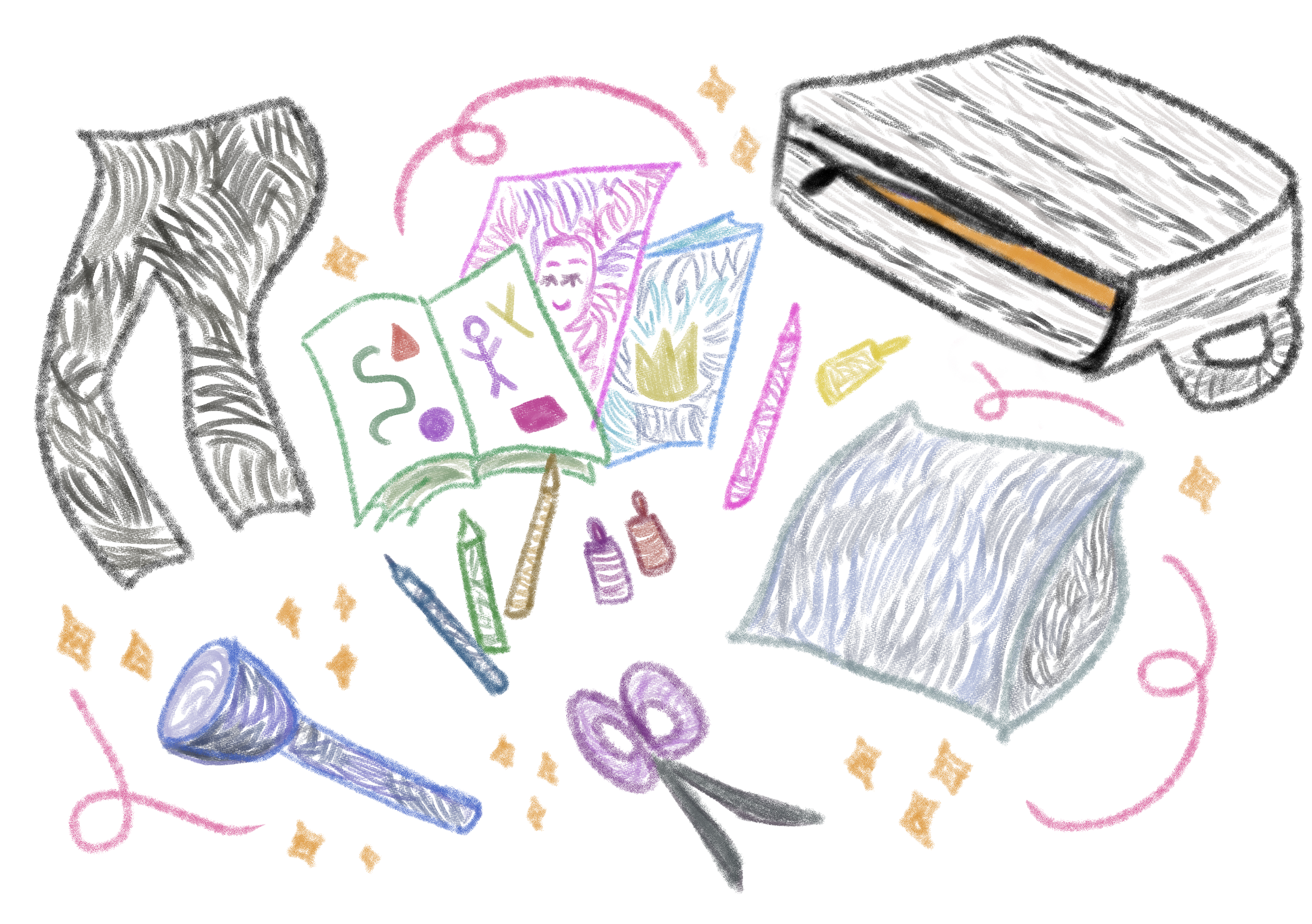In February this year, American singer Lana Del Rey took to Twitter with a cryptic message which featured four dates and the instruction: “Ingredients can b found online”. Her fans were quick to deduce that Lana appeared to be referencing the worldwide movement of witches, who had chosen those dates to conduct a mass hexing of Donald Trump. Participants in the ceremony were to burn an unflattering picture of Trump with a small orange candle, while calling upon the spirit world to curse his presidential pursuit. Though this ritual was undoubtedly appealing to many, Lana’s association with the world of witchcraft caused quite a stir. Such news came only a few months after another female singer, Azealia Banks, had gained notoriety for her association with the occult. In a video she uploaded, Azealia was seen cleaning a bloodied cupboard that had been used to sacrifice chickens, and saying to the camera: “Real witches do real things.”
If two high-profile celebrities were actively espousing witchcraft, the practice must have been a lot more popular than I had realised. Though witches had always played a prominent role in popular culture, and even in modern history, the idea that such a culture was thriving in contemporary society was entirely new to me. What was it that was drawing young women to these mystical icons?
The concept of the ‘witch’ dates back thousands of years, to ancient legends of goddesses who were both revered and feared for their ability to give and take life. However, use of the term today is more likely to conjure images of murder, torture and oppression, as took place on a massive scale in 14th to 18th century Europe. A fascination with the Salem witch trials of 1692 has also seen this grim history feature in many films and novels. Even today, reading the newspaper will reveal that the murder of ‘witches’ continues to occur, particularly in parts of Africa. So what is it about ‘witches’ that instils such fear in society, so as to have led to such brutal oppression?
With its multitude of uses across different cultures and periods of history, it’s impossible to settle on a universal definition of the term ‘witch’. Many definitions, however, refer to a woman with some sort of magical powers or skills, who is most often considered to be ‘evil’ or ‘wicked’. Aside from the association with magic, the history of witch hunts can also inform us as to which characteristics led people to be accused of witchcraft. These included being a woman who lived alone, who didn’t fit in, who worked with the earth, who was too smart, or too beautiful, or too ugly. The ‘witch’ became a scapegoat for anything wrong that befell a town, and was a way of policing the behaviour of women who refused to conform to social norms. It is particularly telling that, today, the informal use of the word ‘witch’ refers to ‘an ugly or unpleasant woman’ or ‘hag’, and confronting that women were often persecuted for nothing more than fitting such a judgement.
As I have recently learnt, the choice of many women today to call themselves ‘witches’ is more complicated than the rebellious reclaiming of a derogatory term. Undoubtedly, associating oneself with ‘witchcraft’ is to associate with this horrifying history, and to give remembrance to the thousands of women who suffered before us. However, on a deeper level, it is a championing of many feminine qualities that, through this history, women have been taught to see as weaknesses and to suppress. Witches of the past (and present) celebrated their strong emotions, intuition and relationship with nature, the power of their sexuality, and the connection between their menstrual cycle and the cycle of the moon. Throughout history women have been conditioned to be ashamed of, or even fear, such things, not because they are particularly ‘mystical’ or ‘dangerous’, but because they are particularly feminine. Being too ‘emotional’ has prevented women from holding positions of power; female sexuality has been systematically repressed and controlled; menstruating is seen as dirty and shameful; respect for nature has been far from prioritised. To deliberately and actively pride oneself on these traditionally female attributes, as many witches do, is to empower oneself in a way that is based totally outside of our patriarchal system.
In our Western society, power is hierarchical, and is to be gained through participation in patriarchal institutions. A witch’s powers – coming from within and being inherently feminine in nature – are thus particularly threatening to male-centric power structures. As the rules of the game have been designed to keep women out, the idea of a woman drawing power from within herself, without needing to follow the rules, has the potential to completely destabilise the system. This idea is what makes the notion of ‘witches’ such a popular, feminist symbol today. It connotes a self-determined power, that is dependant neither on patriarchal institutions, nor male approval. It is empowerment, not through becoming more like men, but through embracing and championing the things that make us women.
Regardless of whether you believe the legitimacy of Lana Del Rey’s curse, or whether you condone Azealia Banks’ animal sacrifices, there is a strong case for the way witches approach the world. The hegemony of masculine values and ways of thinking in our Western society – such as being rational, alert and problem-solving – has resulted in the tumultuous social and political landscape we face today. Now, more than ever, humanity should be open to new ways of thinking, to embracing qualities that have previously been suppressed, and to allowing women to step into positions of influence. With or without ‘magic’, women have the power to change the world.





